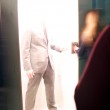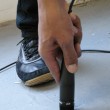Dennis Christie and Ken Tyburski of DCKT gallery blew everybody out of the water last week at the Armory Show 2010 on Pier 94. First of all, those guys are amazingly productive, even outside of the Armory Booth: a) since the gallery lies a few doors down from the New Museum on the Bowery, they’re open every day of the week (in order to accommodate both the museum crowd, and the crowd that goes to the museum while it’s closed and turned away), b) Ken and Dennis are die hard and always working it behind the desk (I still have never seen an intern), and finally c) they curate a rigorous schedule of exhibitions, most often including a second project in the back of the gallery. Jumping back to the booth, this last week at the Armory, the dynamic duo planned on 4 different exhibitions in 5 days!
The artists on view this week all share one dominating characteristic: seduction. Seduction through color and texture, through mystery, and through the enticement of a woman. The booth is quaint and handsome, somehow the perfect size to house exhibitions by five of the gallery’s artists. On Wednesday, Cordy Ryman threw his last name out the window with his colorful, densely textured, block paintings – so chunky they might be sculptures. One multi-paneled baby blue piece began as a painting on the wall, and smoothly transitioned out onto the floor. Other works rested firmly on the booth’s wall, or stood coolly in the corner. On Thursday, Andrzej Zielinski’s candy-coated fluorescent paintings assaulted the eye with color. The pieces radiated light, and emitted some sort of happy gas, putting a smile on my face.
On Friday, I was able to access an art fair version of DCKT’s most recent show at the gallery, a photographic essay by Zoe Crosher. The viewer (voyeur) is allowed into the private life of Michelle DuBois during the time while she was living around military bases in the Pacific Rim during the 70s and early 80s. We see Du Bois, a prostitute, posing for pictures taken by unknown photographers (her clients). Evidence that DuBois was a playful prostitute, she dresses up as a cavewoman, a cowgirl, secretary, or anything else that could set her off giggling, as she often is seen doing in the photographs. Most notably, she is consistently confident, sexy, and proud of her womaness, rather than the contemporary idea of a prostitute (the kind most often portrayed on crime dramas) as weak and ashamed. In these various bedroom scenarios (although, she is always full dressed), DuBois comes off as coy, rather than scandalous – an innocent girl rather than a provocative temptress.
On the fourth day, Ted O’Sullivan was introduced to the booth. Throughout the installation of over a dozen dark, sexy paintings, the viewer’s eye jumps from genitalic focal point to genitalic focal point. One canvas looks like a murkier version of a Peter Doig butterfly, floating not in real space, but perhaps through a grey, foggy camera lens. If Tim O’Sullivan’s paintings had a smell, it would be musky. On view throughout the five days of the Armory Show was a table by Ryan Humphrey, a chaotic array of wooden wheels placed under a glass tabletop that proudly shouts their brand of extreme sport: skateboards, BMX, and so on. Accompanied by four fluorescent, exotically patterned chairs, Ken and Dennis were able to sell in style.
On top of the quality of the artwork, the gallerists have installed, destalled, and installed without flaw. There was no evidence of hardware, paint splatters, spackling, or nail holes from missed measurements or hurried installation. One could not even see their tools or packing materials lying around. With the fair running nine hours a day, with various events in between, one wonders if Ken or Dennis slept at all last week! I can imagine them frantic and bustling all night long installing the next day’s show and packing up the previous day’s show, yet still presenting themselves as cool and calm – and stylish might I add – during the course of the day. Now the Armory is over, and I can guarantee that they are back at work, tending to Josh Azzarella’s solo photography exhibition and already planning for the next one.

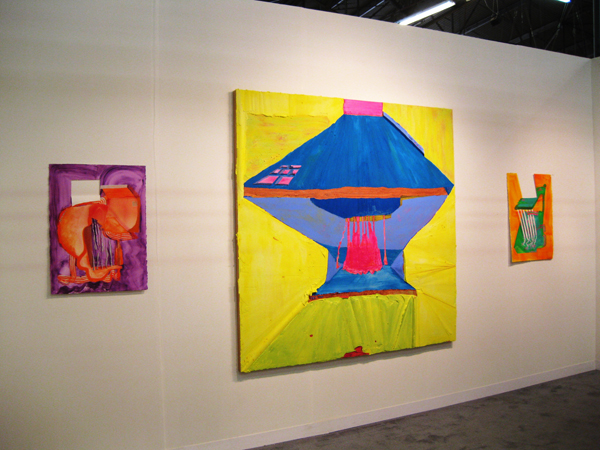
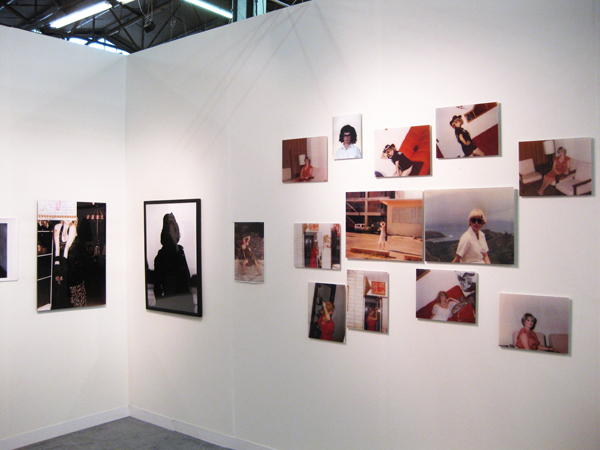
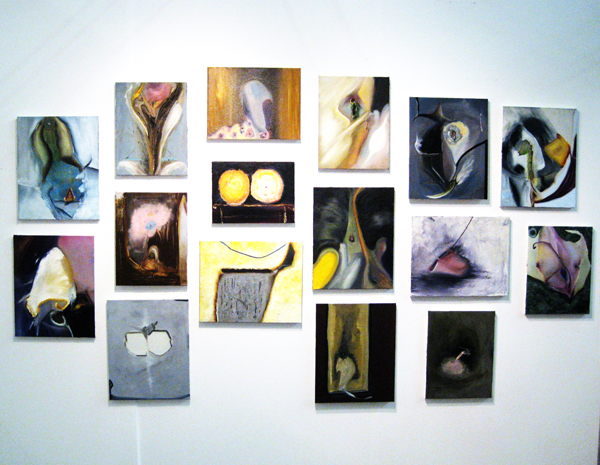
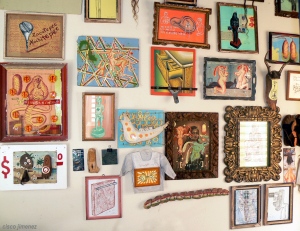
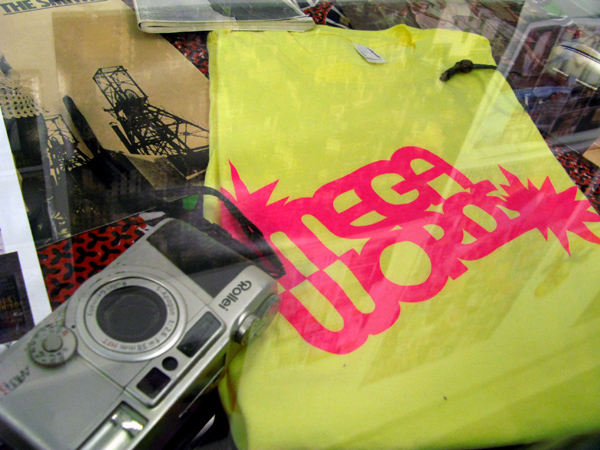

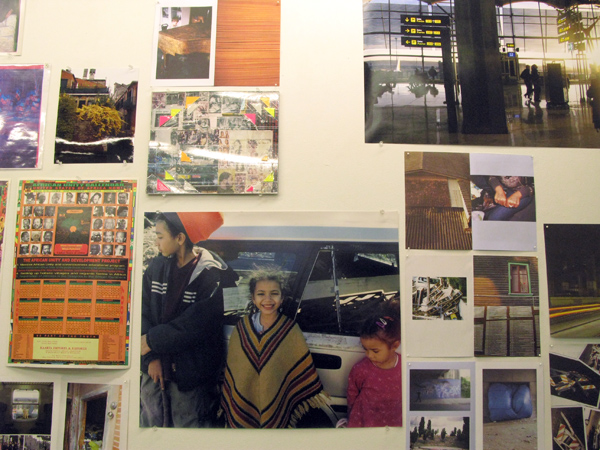

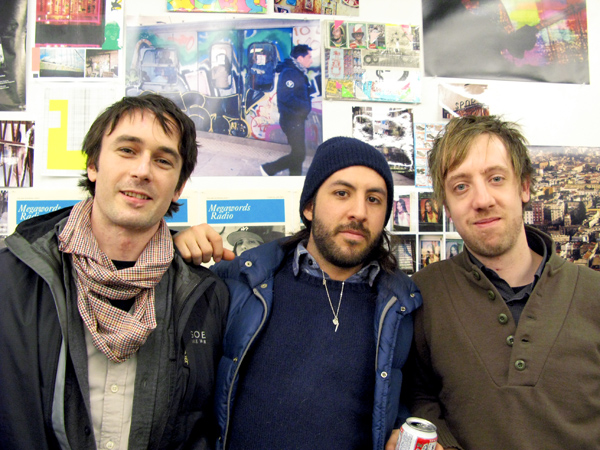

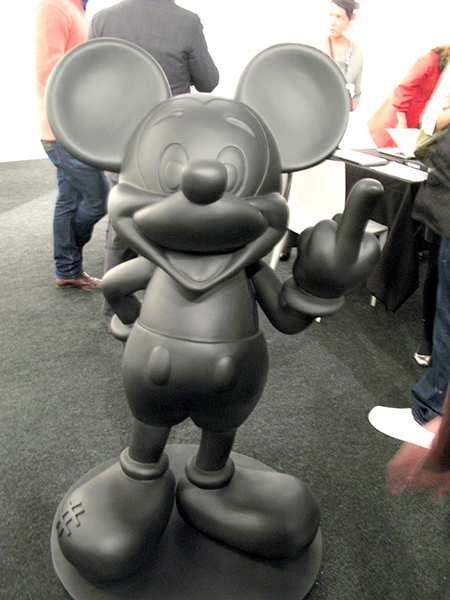
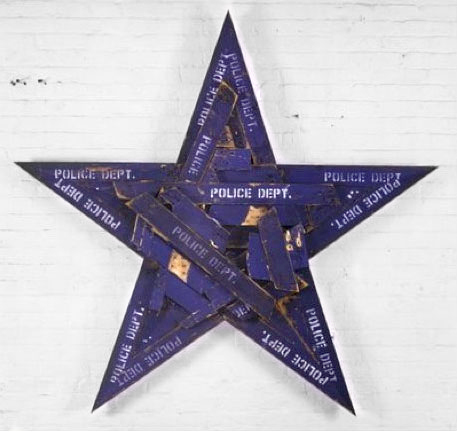
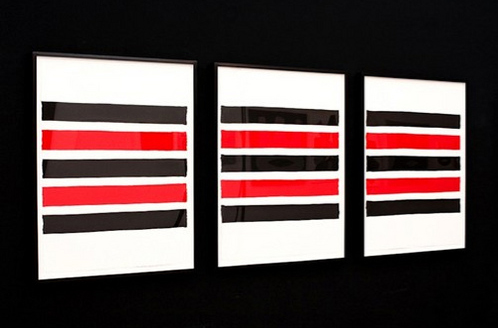
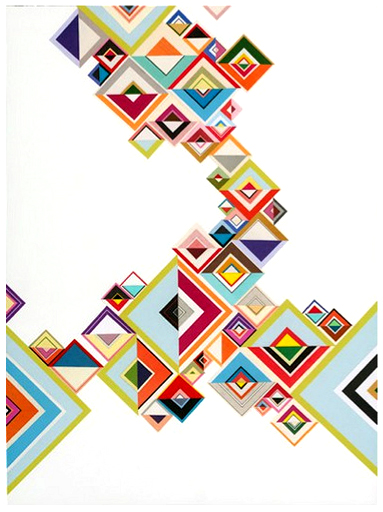
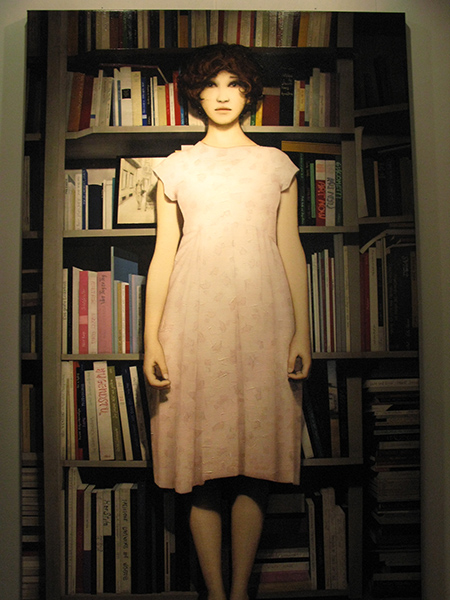
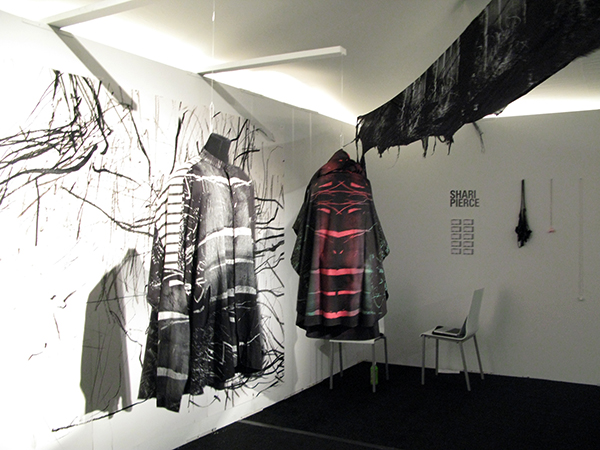
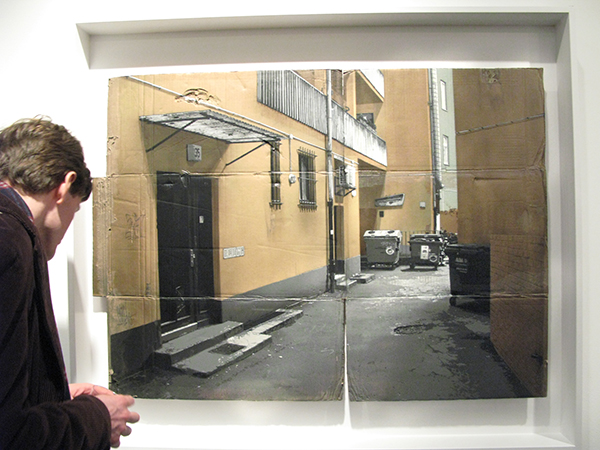
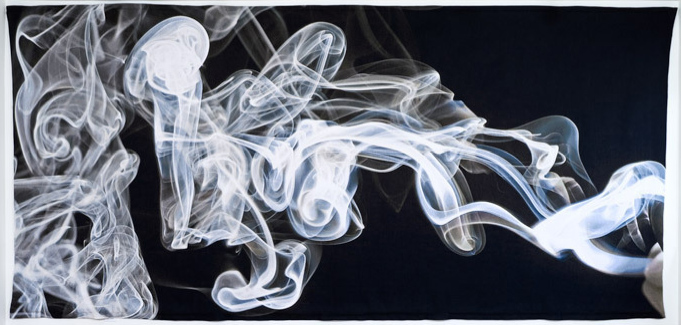
 RSS
RSS